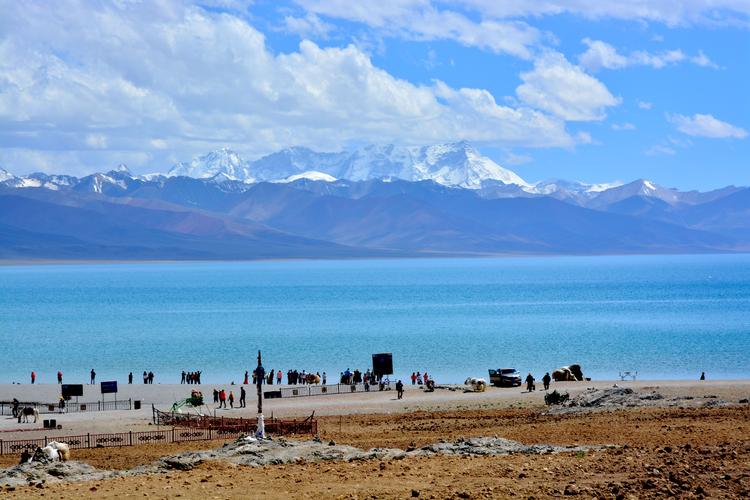From our daily activities to complex operations in industries, computer network systems simplify connections for the exchange of data amongst devices. However, it is not simple to break down the layers of complexities that make up a computer network. The ISO (International Organization for Standardization) Open System Interconnection (OSI) model has seven standard layers, each having its crucial role to support the network’s proper functioning. In this comprehensive guide, we’ll explore the different layers of computer networks.
1. Physical Layer
The physical layer is responsible for transmitting bits between devices in a computer network. It encompasses the network’s physical hardware, such as connectors, cable types, and network interface cards. It specifies the protocols to ascertain that the signals can be transmitted correctly and corrupted transmissions are detected.
2. Data Link Layer
The data link layer is responsible for establishing data links between adjacent network nodes to exchange messages. The nodes exchange data frames, which contain proper synchronization, error control checks, and flow control of the bits to ensure swift transmission. Examples of data link protocols include Ethernet and Wi-Fi.
3. Network Layer
The network layer handles packet routing between two different networks. It examines network addresses, decides the proper route for messages to follow, and manages network traffic. The Internet Protocol (IP) is a crucial protocol in this layer and helps in identifying the best path for the packet to reach its destination network.
4. Transport Layer
The transport layer establishes communication between endpoints and ensures reliable data transfer from the source to the destination. It provides consistency by managing data packet segmentation, flow control, and error detection.
5. Session Layer
The session layer establishes a session between two network applications where communicating partners can exchange data. It establishes the initial session, allows data transfer between endpoints, and terminates the session when the networking applications end their communication.
6. Presentation Layer
The presentation layer defines the data format and manages data encryption and decryption, data compression, and the conversion of data to a format that can be easily interpreted by the application and the network. It is responsible for data compression and encryption.
7. Application Layer
The application layer is where all the end-user applications reside. It provides services to users, including email, file transfer, and remote login. Examples of application layer protocols include HTTP (hypertext transfer protocol) and FTP (file transfer protocol).
Conclusion:
The OSI model seven layers work together to ensure communication between devices in a computer network. While each layer has a unique role, they depend on each other to deliver the proper service. Understanding the 7 Layers of Computer Network is essential in designing and maintaining networks.
(Note: Do you have knowledge or insights to share? Unlock new opportunities and expand your reach by joining our authors team. Click Registration to join us and share your expertise with our readers.)
Speech tips:
Please note that any statements involving politics will not be approved.
